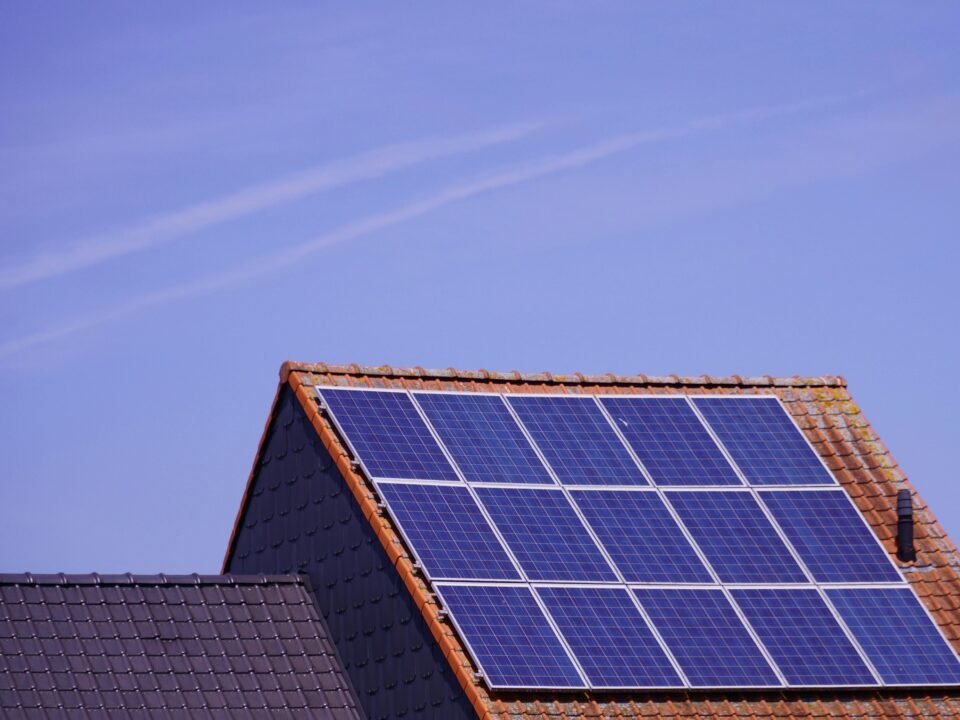As energy prices soar and the urgency of climate change intensifies, homeowners and businesses alike are seeking sustainable, cost-effective alternatives to traditional heating systems. One of the most efficient and environmentally friendly options available today is geothermal heating. This innovative technology taps into the Earth’s natural heat to provide year-round climate control, all while drastically reducing utility bills and carbon emissions.
In this post, we’ll explore how geothermal heating works, its economic and environmental benefits, and why it may be the best investment you can make in your home or building.
What Is Geothermal Heating?
Geothermal heating uses the constant temperature beneath the Earth’s surface to regulate indoor temperatures. While outdoor air temperatures fluctuate with the seasons, the ground just a few feet below remains relatively stable—typically between 45°F and 75°F (7°C to 24°C) depending on location.
A geothermal heating system consists of three main components:
- Ground Loop System: A series of pipes buried in the ground, either horizontally or vertically.
- Heat Pump: A device inside the home or building that transfers heat between the structure and the ground loop.
- Distribution System: Ductwork or radiant heating systems that circulate the warmed or cooled air indoors.
In winter, the system extracts heat from the ground and transfers it indoors. In summer, the process reverses—the heat pump pulls warm air from the building and transfers it back into the earth. This makes geothermal heating a highly efficient two-in-one heating and cooling solution.
The Financial Benefits of Geothermal Heating
1. Lower Energy Bills
One of the biggest draws of geothermal heating is the dramatic reduction in energy costs. Geothermal systems are up to 400% more efficient than conventional heating methods. This means for every unit of electricity used to power the system, it delivers four units of heating energy.
Most homeowners experience a 30% to 70% savings on heating bills and a 20% to 50% savings on cooling costs, depending on local fuel prices and climate conditions.
2. Long-Term Return on Investment
Although the upfront cost of a geothermal system is higher than traditional HVAC systems—usually between $10,000 and $30,000—it’s important to consider the long-term ROI. With significantly lower monthly energy bills, the system can pay for itself in 5 to 10 years. And since the ground loop can last over 50 years and the heat pump about 20–25 years, the long-term savings can be substantial.
3. Incentives and Tax Credits
Governments around the world offer tax incentives, rebates, and low-interest loans for geothermal installations. In the U.S., the federal government provides a 30% tax credit for geothermal heat pump installations through at least 2032. These financial incentives can significantly reduce the initial investment.
Environmental Advantages
1. Reduced Carbon Emissions
Geothermal heating is a low-emission technology. By reducing reliance on fossil fuels and using electricity more efficiently, a geothermal system can cut your household’s carbon footprint by up to 70%.
In fact, the U.S. Environmental Protection Agency (EPA) has recognized geothermal heat pumps as one of the most energy-efficient and environmentally clean heating and cooling technologies available.
2. Minimal Environmental Impact
Unlike gas or oil furnaces, geothermal systems don’t release pollutants or combustion byproducts into the atmosphere. Additionally, because the system is closed-loop and buried underground, it has a very low impact on the surrounding environment and landscape.
3. Sustainable and Renewable
The Earth’s heat is an inexhaustible energy source—making geothermal heating a truly renewable technology. Unlike solar or wind energy, which are weather-dependent, geothermal energy is available 24/7, regardless of climate or season.
Comfort and Convenience
Beyond financial and ecological benefits, geothermal systems offer superior indoor comfort. They provide even heating and cooling, without the fluctuations or dry air that often come with traditional systems. The systems are quiet, with no noisy outdoor compressors, and require minimal maintenance.
Another advantage? No need for fuel deliveries, chimneys, or ventilation systems—further simplifying your home’s infrastructure.
Is Geothermal Heating Right for You?
While geothermal heating is a smart choice for many, it’s important to assess if it’s the right fit for your property. Here are a few key considerations:
- Land Availability: Horizontal loop systems require more land area, so smaller properties may need to opt for vertical systems, which can be more expensive.
- Soil and Rock Type: Some soil and rock conditions are more conducive to digging and heat transfer than others.
- Climate: While geothermal works in all climates, the efficiency benefits are especially noticeable in regions with extreme temperature swings.
A certified geothermal contractor can perform a site evaluation to determine the best system configuration and provide a tailored cost-benefit analysis.
Real-World Examples of Savings
To understand the real-world impact, consider these scenarios:
- A homeowner in Minnesota replaced a propane furnace with a geothermal heat pump. Their annual heating costs dropped from $2,400 to under $800.
- A school district in Colorado installed a district-wide geothermal system and saved over $100,000 annually in energy costs.
These examples showcase how geothermal heating isn’t just theoretical—it delivers practical, measurable results.
Conclusion: A Future-Proof Investment
As the push for greener living intensifies and energy costs rise, geothermal heating emerges as a compelling solution. With the ability to slash your energy bills, reduce environmental impact, and provide superior indoor comfort, it’s one of the smartest upgrades you can make to your property.
While the initial installation may seem costly, government incentives, long-term savings, and sustainability make geothermal heating a future-proof investment—one that pays dividends for decades to come.
Whether you’re building a new home, upgrading your HVAC system, or simply exploring ways to lower your carbon footprint, geothermal heating deserves a serious look.



